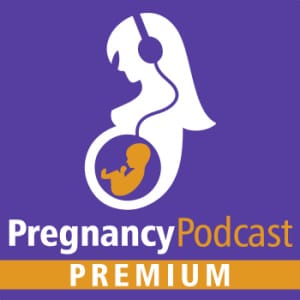Overview
Many changes during pregnancy affect your cardiovascular system, which includes your heart and blood vessels. While some changes in blood pressure are normal during pregnancy, hypertensive disorders are among the leading causes of maternal and perinatal mortality worldwide.
Hypertensive disorders of pregnancy include chronic hypertension, gestational hypertension, preeclampsia, HELLP, and eclampsia. High blood pressure during pregnancy can stress your heart and kidneys, leading to heart disease, kidney disease, and stroke. As well as increase your risk for preterm birth, placental abruption, and cesarean birth. High blood pressure can also reduce blood flow to the placenta, affecting the flow of oxygen and nutrients to your baby. You can see why your care provider closely monitors your blood pressure throughout your pregnancy.
The majority of pregnancy-related conditions disappear after you have your baby. Mothers remain at risk for hypertensive disorders after they have their baby, even if they have no symptoms during pregnancy. Your ability to recognize warning signs and promptly seek medical attention can potentially be life-saving.

